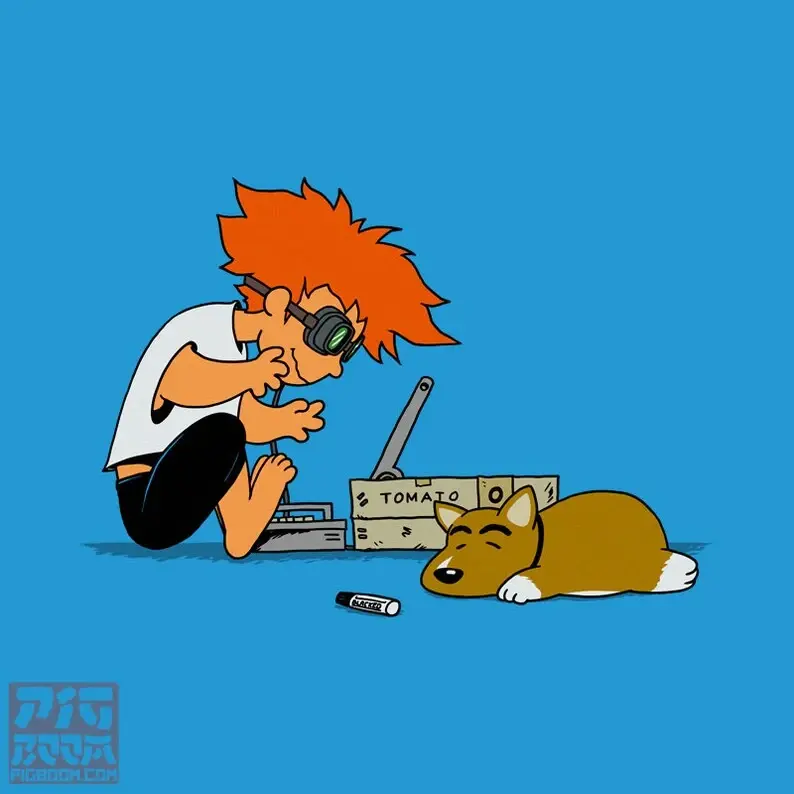(Sorry if this is the wrong community to post this)
In regards to the perceived lightbulb conspiracy:
Technology Connections - Longer-lasting light bulbs: it was complicated
Cool! Now do nylon stockings next! 😃
[This comment has been deleted by an automated system]
I’m with you in parts, but some products are definitely made to a lower standard than they should be. There’s reasons why they are made to that low standard (money for shareholders being the primary motive in most cases), but that doesn’t excuse the waste they are creating and the bad situation they are placing on consumers.
We are faced with a false choice, choose either cheap and disposable or expensive and repairable. Most don’t have the money right now to afford the repairable option and then take the more expensive in the long term disposable route. This keeps more money flowing to the company, and it keeps the consumer unable to buy the better option.
In the past there was not a disposable option, perhaps not an option at all, and the base cost was higher, but consumers had more money to buy things with. People also made more money than they do now relative to cost of living. There was also a member of the family at home sewing clothes and cooking meals, that’s a lot of free labor. I deep dove into budgets from 1914 and sears catalogs but it’s perhaps too much for this (though it was interesting).
I’ll close with an example about clothes dryers (USA). They are incredibly simple appliances, they are made up of a rotating drum, a blower, a heater, and a control system for timing and temperature selection (basically another timer). In older models this did not break often, and when it did it was standard parts and quick labor and it’s working for another 5-10 years. Newer designs have proprietary parts and chips that change from year to year. This means if your chip breaks you’re done and you need a new appliance. The chip doesn’t bring much new function to the appliance, and it certainly isn’t anything that couldn’t be done with an off the shelf part.
The difference is things were designed to be repaired before and now they aren’t. We can still design things that way but we choose not to. There’s no huge extra cost associated with a replaceable battery or an off the shelf control chip, companies just choose to push disposable because it makes more money. That push is bad for people and bad for the environment, and to combat it we can buy repairable, but we should also push back on companies trying to make a quick buck and support right to repair where we can.
Reminds me of the Captain Samuel Vimes ‘Boots’ theory of socioeconomic unfairness:
The reason that the rich were so rich, Vimes reasoned, was because they managed to spend less money. Take boots, for example. He earned thirty-eight dollars a month plus allowances. A really good pair of leather boots cost fifty dollars. But an affordable pair of boots, which were sort of OK for a season or two and then leaked like hell when the cardboard gave out, cost about ten dollars. Those were the kind of boots Vimes always bought, and wore until the soles were so thin that he could tell where he was in Ankh-Morpork on a foggy night by the feel of the cobbles.
But the thing was that good boots lasted for years and years. A man who could afford fifty dollars had a pair of boots that’d still be keeping his feet dry in ten years’ time, while the poor man who could only afford cheap boots would have spent a hundred dollars on boots in the same time and would still have wet feet.
-Terry Practchett, Discworld
Shit gets mass produced cheaply not because there’s some secret conspiracy to make everything worse, but because consumers care about price above all else.
I mean, this video itself has some counterexamples. Apple does not spend $700 to add wheels to a case, it’s just a famous luxury brand that can impose an insane markup and still attract buyers. John Deer does not need to add software and contracts to their machines to lock users out where they could otherwise easily do repairs.
You can buy alternatives (they mentioned the market in vintage tractors), but for whatever reason, be it consumer stupidity or anticompetitive practices, it doesn’t happen. What we need, and what’s coming in still-functional democracies, is regulation to prevent this stuff.
Of course this only applies partially to housing. Houses are a lot bigger than they used to be, but people “investing” into property have driven up prices in and around cities to ridiculous numbers.
I have yet to see actual numbers on this, and at least in my country’s case it’s turned out to just be a physical shortage of housing. So, I’m going to take the more free market standpoint on this one, opposite to the last.
Some more news is gold.
Tangentially reminded me of this ad I saw the other day






